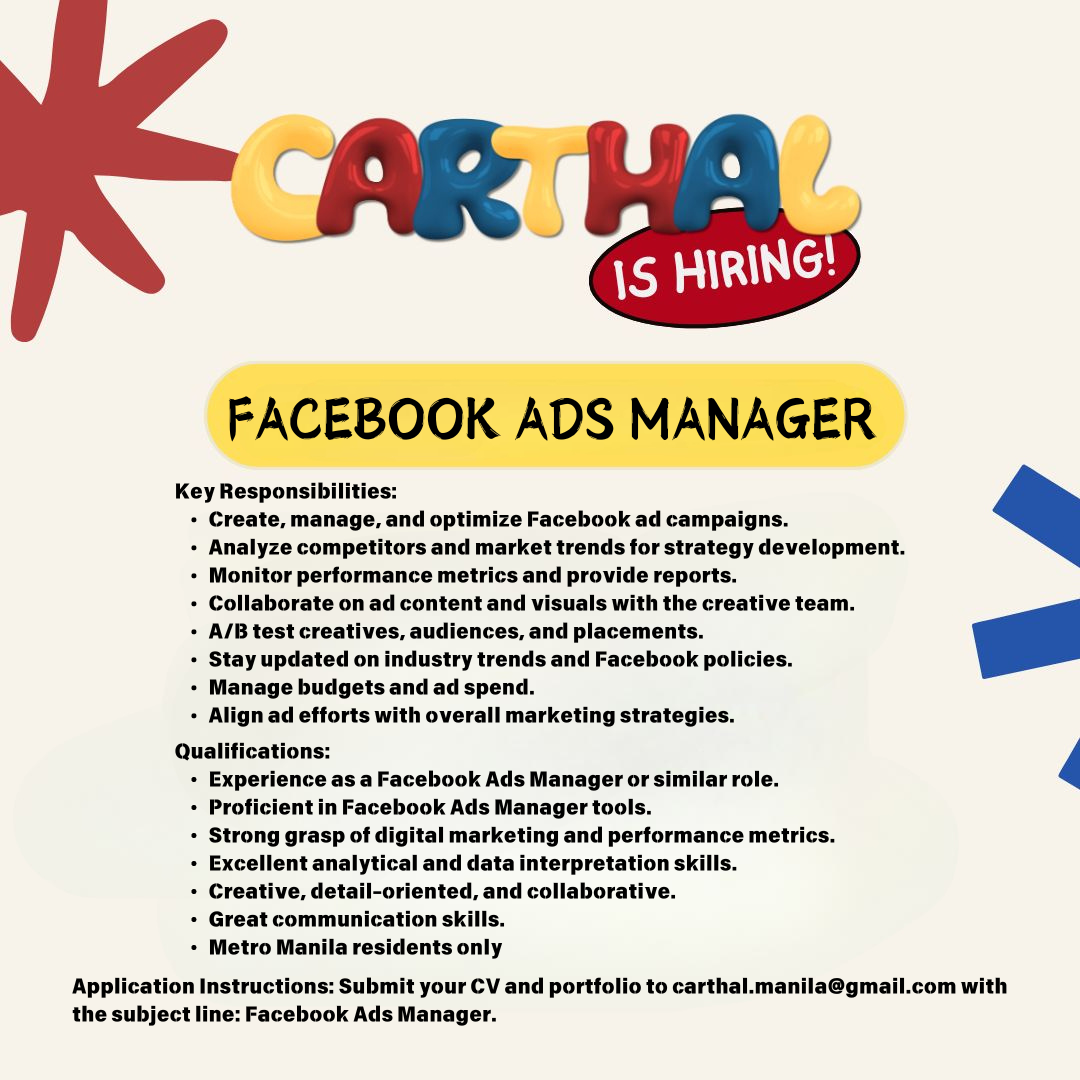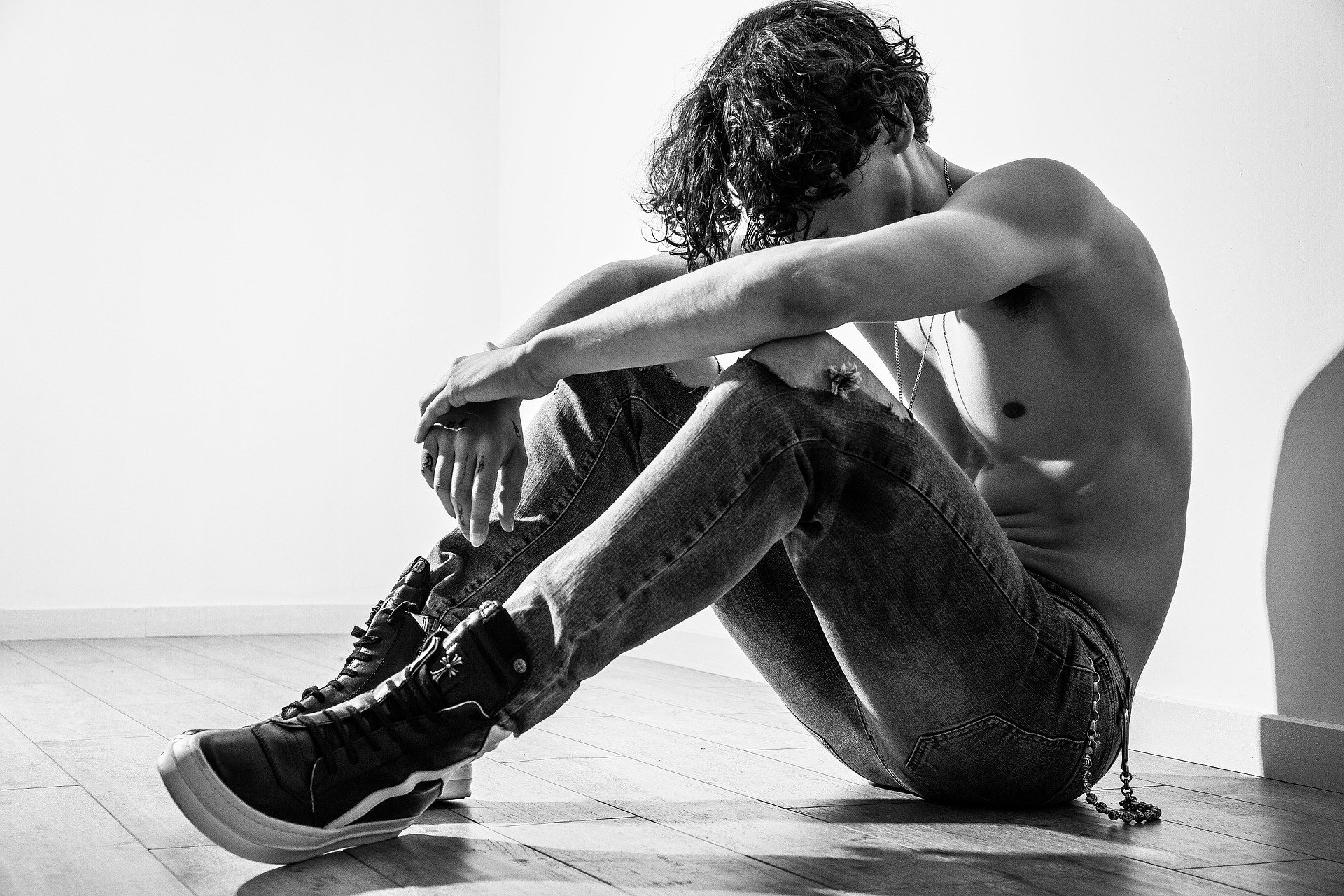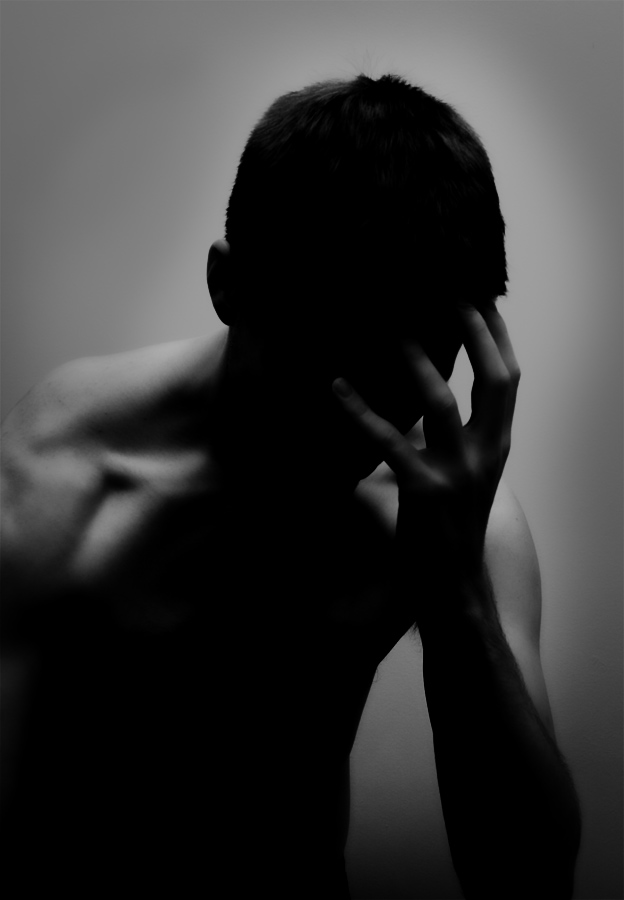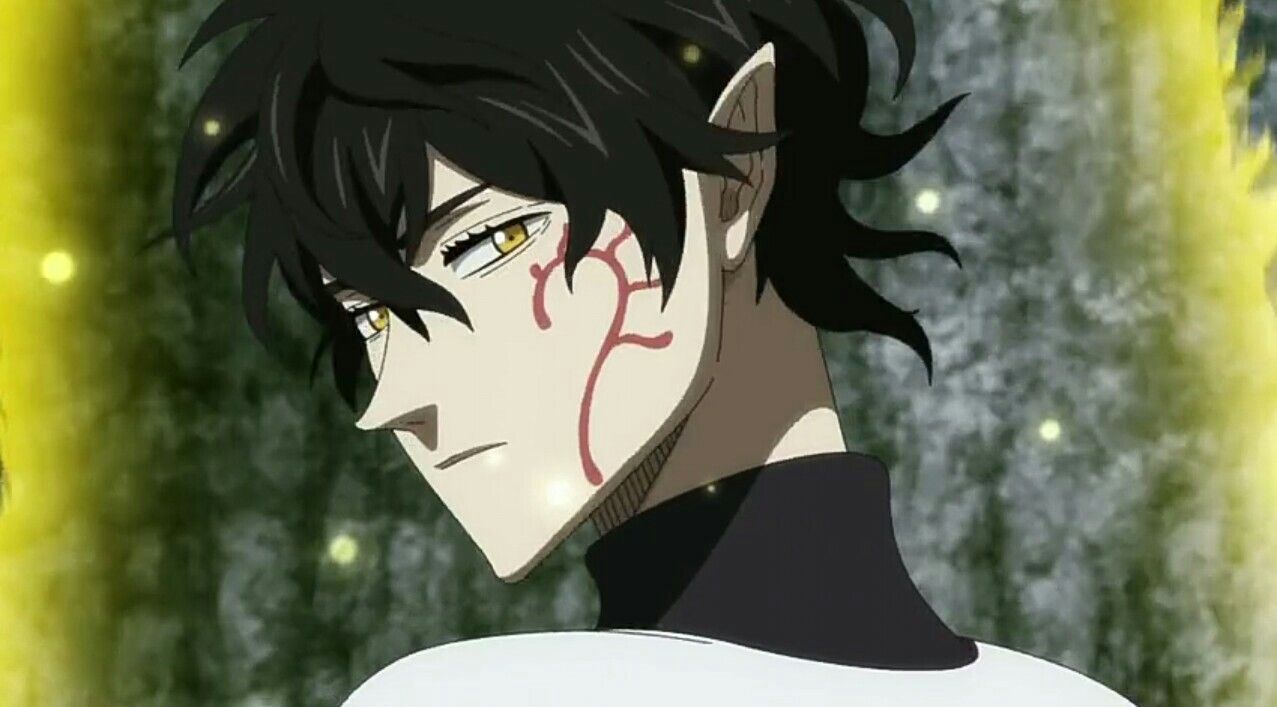Christian Flores
Nov 23,2020
Facts about Bohemian Rhapsody
“Bohemian Rhapsody” by Queen is one of the strangest, most inspired and least-understood songs in the history of rock. It manages to sound like a serious work of art, a moving lament and a moment of extreme silliness at the same time—which is part of the reason it’s equally loved by young kids and old rockers alike—and jumps from power ballad to light opera to heavy opera to hard rock and back to power ballad again before ending, nearly six minutes after it began, on a decisive gong. It also boasted one of the promotional clips that is credited with starting what became the video boom of the eighties, but we’ll get to that in a moment. Here, to celebrate 40 years since it was first released is the entire song and that video, followed by 10 facts that are just as fascinating (and sometimes goofy) as the song itself: The song’s title is almost certainly a twist on Franz Liszt’s “Hungarian Rhapsody”, a name the band revisited in 2012 for a live DVD/CD release of concert footage from their 1986 concerts in Budapest. It was entirely written by Freddie Mercury, and the song was pieced together using not only various different sections—as the Beach Boys’ Brian Wilson had done with the equally epic “Good Vibrations” in 1966—but also an intensive overdubbing of harmonies (somewhere in the region of 160 overdubs, all told, often with Brian May, Roger Taylor and Freddie Mercury singing in unison around a single microphone) recorded over three weeks of intensive work, one week of which was spent on the operatic section. This means that, for a good portion of the recording, the only person who knew how it would all work at the end was Freddie. Producer Roy Thomas Baker certainly wasn’t sure what they had until it was finally done: “Nobody really knew how it was going to sound as a whole six-minute song until it was put together. I was standing at the back of the control room, and you just knew that you were listening for the first time to a big page in history. Something inside me told me that this was a red-letter day, and it really was.” That raucous guitar riff, the one that causes all the headbanging in Wayne’s World, was originally written on the piano, as Brian May revealed to the BBC: “The heavy bit was a great opportunity for us to be at full pelt as a rock band. But that big, heavy riff came from Freddie, not me. That was something he played with his left hand in octaves on the piano. So I had that as a guide—and that’s very hard to do, because Freddie’s piano playing was exceptional, although he didn’t think so. In fact, he thought he was a bit of a mediocre piano player and stopped doing it later on in our career.” Speaking of which, the piano Freddie recorded with was the same one Paul McCartney played when the Beatles recorded “Hey Jude.” A quick glossary of terms: Scaramouche is a stock character from the Italian clown tradition commedia dell’arte. He’s a fool, but adept at getting himself out of trouble. A fandango is a Spanish flamenco dance. Galileo was a Florentine astronomer, the inclusion of whom may be a nod to noted stargazer Brian May. Figaro is, of course, taken from Rossini’s opera The Barber of Seville. Bismillah means “in the name of Allah” and is the first word in The Qu’ran, and “Mamma Mia!” is an Italian exclamation of incredulity or surprise, referring to the Virgin Mary. It is also the title of the song by ABBA that followed “Bohemian Rhapsody” to the top of the British charts in 1975. The actual meaning of the song as a whole remains opaque, on purpose. Freddie has claimed to have researched it quite thoroughly, saying, “‘Bohemian Rhapsody’ didn’t just come out of thin air. I did a bit of research, although it was tongue-in-cheek and it was a mock opera. Why not?” while also saying, “I think people should just listen to it, think about it, and then make up their own minds as to what it says to them.” Suggested meanings include a veiled account of his sexuality and the affect this had on his relationship with his close friend Mary Austen, or a return to the trauma of being forced out of his native Zanzibar when he was 18. It could also be a song about a man who killed a man and endured feverish guilt dreams while fearing for his eternal soul. The band wanted to release “Bohemian Rhapsody” as a single, but the record label EMI disagreed, claiming it was too long for radio play. In order to break the deadlock, Freddie took it to his friend, the radio DJ Kenny Everett, for a second opinion. He played it 14 times that weekend, generating huge interest, and filling the order books at record shops. Consequently, while the single was released in edited form in some countries (most notably France), the international hit version remains a full length opus. Freddie commented afterwards: “We were adamant that it could be a hit in its entirety. We have been forced to make compromises, but cutting up a song will never be one of them.” Like all the best and most iconic song titles, “Bohemian Rhapsody” has generated its fair share of puns and references over the years. There’s the drink Bohemian Raspberry, by the Jones Soda Company; the song “Rap, Soda and Bohemias” by the Mexican group Molotov; and in Terry Pratchett and Neil Gaiman’s book Good Omens, the devilish character Crowley plays it in his car constantly, even quoting the lyrics in times of trouble, most specifically “Beelzebub has a devil put aside for me, for me…” The first rock album to become available in Iran was Queen’s Greatest Hits, in 2004. Concerned about the messages hidden in the song, Iranian authorities insisted that each copy of the cassette be issued with a leaflet that explained that while the singer of the song had indeed “killed a man,” it was by accident, that he then goes on to call on God for forgiveness (“Bismillah!”) in order to prevent Beelzebub from getting his soul. Presumably “Fat Bottomed Girls” required much less explanation. And finally, that video may seem like a deliberate artistic statement created to support the ambiguities of the song. In fact it was made simply to get the group out of having to appear on the British music show Top of the Pops, as Brian explains: “It was filmed with the express purpose of giving it to Top of the Pops. For those of us who remember it, it wasn’t a classy program. Top of the Pops didn’t have a good reputation amongst musicians. Nobody liked it, really. “It always seemed like a bit of a travesty. If your music had any meaning, it seemed to trickle away when you were standing on a box in a studio with lots of kids around. But you could hardly knock it because it was the way that records were sold.”
1 Comments
-
 Hot MamaNov 24, 2020 16:45Wow
Hot MamaNov 24, 2020 16:45Wow












Comments